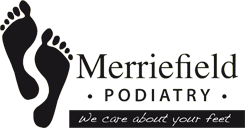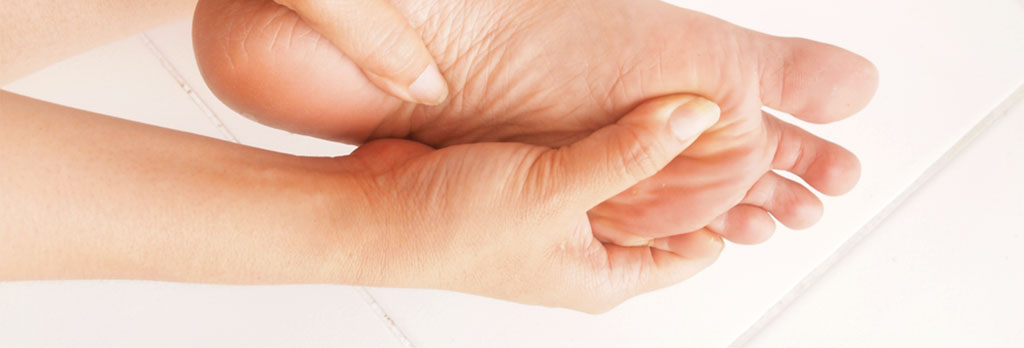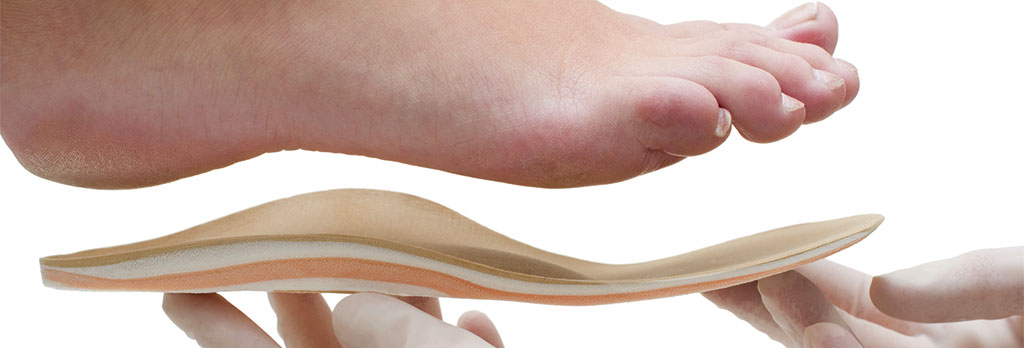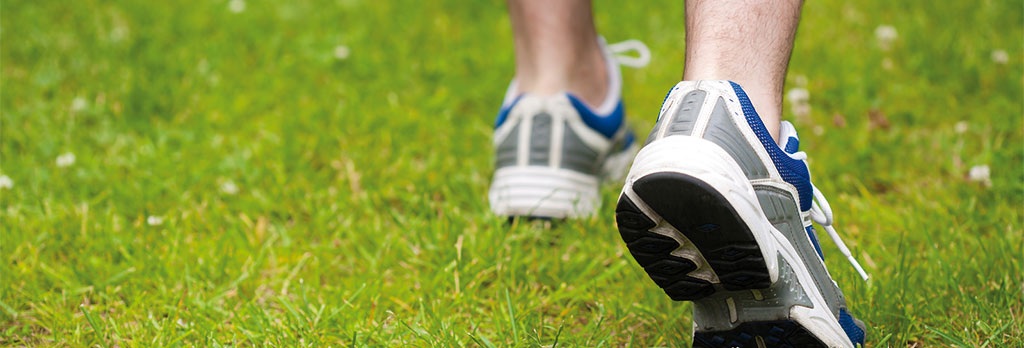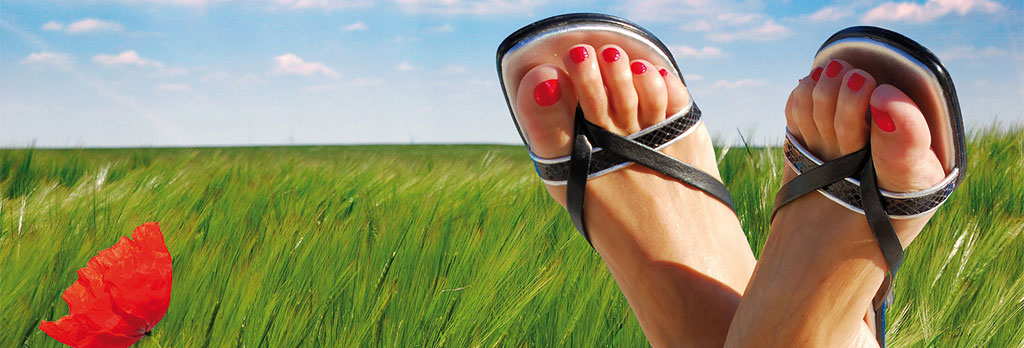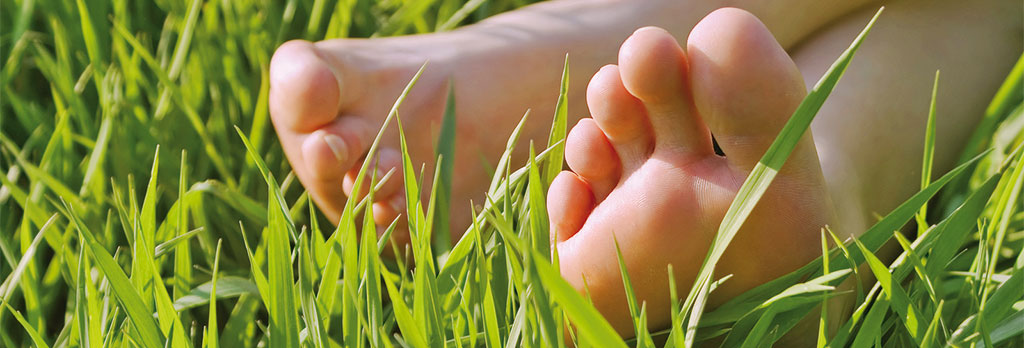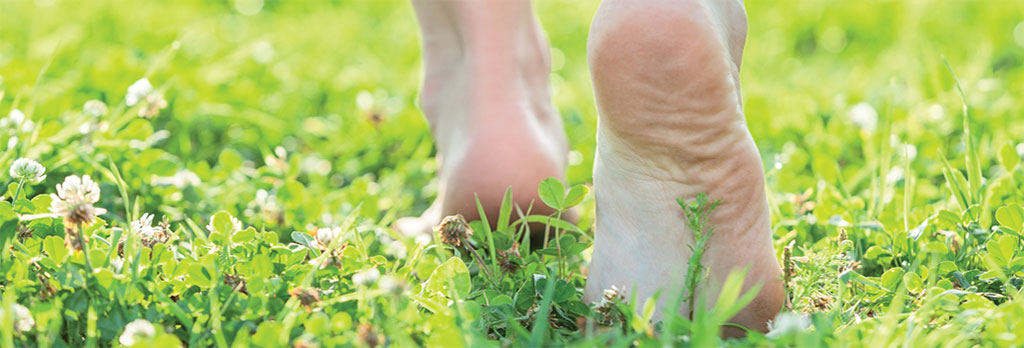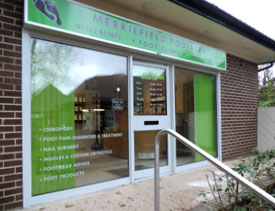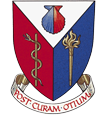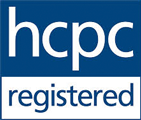Podiatry Treatments
What can we offer you?
A range of treatments for the following conditions:
Skin Infections
Skin infections in the foot are common. These include Tinea Pedis (Athlete's Foot) Onychomycosis (fungal nail infection) Paronychia (inflammation of the nail fold often associated with an ingrown toe nail) and Verrucae (warts).
Skin infections are prevalent across all age-groups. There are various reasons why such infections occur (closeness of the toes, damaged nails, prolonged wearing of shoes and socks causing increased moisture and bacterial growth). People with diabetes, impaired immune responses and circulatory problems are more susceptible to such infections.
Prompt diagnosis and management are critical to avoid progression to more serious conditions. We treat fungal nail infections and verrucae with topical preparations. Verrucae are surgically paired down to enhance penetration of the medication.
You can help avoid fungal infections by daily washing your feet and changing shoes and socks frequently. Ensure that wet shoes are thoroughly dried out before wearing them again.
Hard Skin and Corns
Corns are hard areas of thickened skin in areas of high pressure
We will painlessly remove the hard skin and corns with a scalpel and diagnose the cause of the build-up of hard skin in the first place.
You can help avoid the build-up of hard skin by regularly moisturising your feet with creams that contain urea. Avoid the use of corn plasters as these contain salicylic acid and this could destroy healthy tissue.
Cracked Heels
When the skin on your heels becomes dry and the body's weight is concentrated on to that area, fissures (cracks) can develop. These cracks can permit bacteria to enter the body and cause infection. We will surgically remove the devitalised tissue to promote healing and discuss measures to avoid the recurrence.
Ingrowing Toe nails
Ingrowing toe nails occur when the sides of the nail grown into the skin or there is a build up of hard skin in the sulcis of the nail. Ingrowing toe nails can be very painful commonly affect the big toe nail. Active, sporty people are particularly prone to ingrowing toe nails because they sweat more.
We can cut back the nail to relieve the pressure. If the nail is infected you may need antibiotics. In some cases, it may be necessary to surgically remove part of the nail using a local anesthetic. You can help prevent this condition by not cutting the nails too short and avoiding wearing narrow-toed shoes.
Toenail Surgery (Partial/Total Nail Avulsion)
Nail surgery is usually performed for ingrowing nails (IGTN). An ingrowing toenail occurs when a spike of nail penetrates the skin at the edge of the nail. These are often very painful and become infected. Nail spikes can develop through incorrect nail cutting (cut too short), previous injury or fungal infection. Sometimes a wide nail plate may cause the toe nail to in-grow.
Read More about Toenail Surgery
Foot Pain
The Forefoot
The forefoot receives most of the pounding when a person is walking or running as the weight distribution on the sole of the foot is far greater at the front. Common problems affecting the forefoot are hard skin and corns but other disorders can be painful such as nerve compression, inflammation of the tendons, ligaments and joints and stress fractures. Badly-fitting shoes with very thin soles and little cushioning for shock absorption puts pressure on the joints of the foot causing them to become inflamed.
The fatty pad on the forefoot can also thin with age. There is then nothing to cushion the joints from the constant pounding and so the area becomes inflamed. The pain can be exacerbated by the fact the nerve endings are close to the skin.
We can provide advice on footwear and insoles to help with these conditions.
The Rearfoot
Heel Pain
The heel is the largest bone in the human foot. Heel pain can be disabling occurring at the back, side or bottom of the heel and can be attributed to a variety of causes such as gait abnormalities which places too much stress on the heel, injuries caused by hard surfaces or by wearing badly constructed footwear.
Plantar Fasciitis is a condition where there is a deep pain on the sole of the heel. Burning, stabbing or aching pains are the usual symptoms. It can be caused by pronation (rolling in of the foot) which causes inflammation in the plantar fascia which runs along the bottom of the foot.
Achilles tendonitis is the inflammation of the Achilles tendon as it runs behind the ankle and inserts on the back surface of the heel bone. It is common in people who run or have tight tendons. Where the tendon is strained over time, it causes the fibres to tear and stretch either along the length of the tendon or at its insertion on the heel bone. This leads to pain and the possible growth of a bone spur on the back of the heel bone.
We can provide stretching exercises and insole/orthotic advice to alleviate the symptoms.
Extracorporeal Radial Shockwave Therapy
What is Extracorporeal Radial Shockwave Therapy?
Extracorporeal Radial Shockwave Therapy (ERSWT) is a treatment which involves mechanical shockwaves being passed through the skin via a probe to the painful area of the body. It is thought that ERSWT stimulates a pro-inflammatory response which encourages healing. ERSWT also breaks down calcium deposits in tendons. It facilitates rehabilitation progression by reducing pain via the hyper stimulation of noniceptive fibres.
ERSWT is used to treat, plantar fasciitis (heel pain), lateral epicondylitis (tennis elbow) trochanteric Bursitis (hip pain) and tendinopathies.
What are the Advantages of Extracorporeal Shockwave Therapy over other Treatments?
ERSWT is a non-invasive treatment (no cutting of the skin). It is delivered from outside the body. No anaesthetic or medicine are required. There is a fast delivery of treatment and minimal side effects have been noticed.
You will be able to continue your normal activities after treatment but we advise you avoid impact exercise of activities which stress the treated area for 48 hours.
Immediately after treatment you may experience a reduced level of pain or no pain. Sometimes however some pain my occur a few hours later which may be present for a couple of days. Paracetamol can be taken but no NSAIDs such as Ibuprofen or Naproxen.
How many treatments will I need?
4 treatments are usually required 1 – 2 weeks apart but no more than 3 weeks interval. A follow-up appointment 3 months after the final treatment will be arranged to monitor your response.
Can anyone have Extracorporeal Radial Shockwave Therapy?
No. There are certain conditions which are not recommended for treatment. Your Podiatrist will go through this at your initial appointment.
Is the Treatment Expensive?
Extracorporeal Radial Shockwave Therapy used to be very expensive but these days it is much more affordable. At Merriefield Podiatry Foot Clinic we charge £300 for 4 treatments. Payment in full is required at the commencement of treatment.
What will happen during the Treatment?
You will be asked to lie on your front with your feet over the edge of the couch. A contact gel will be applied to the area to be treated and a probe will be used to administer the shockwaves. This can be a little painful but most people can tolerate it.
If you would like any further information, please call into the clinic or call us on 01202 855872.
